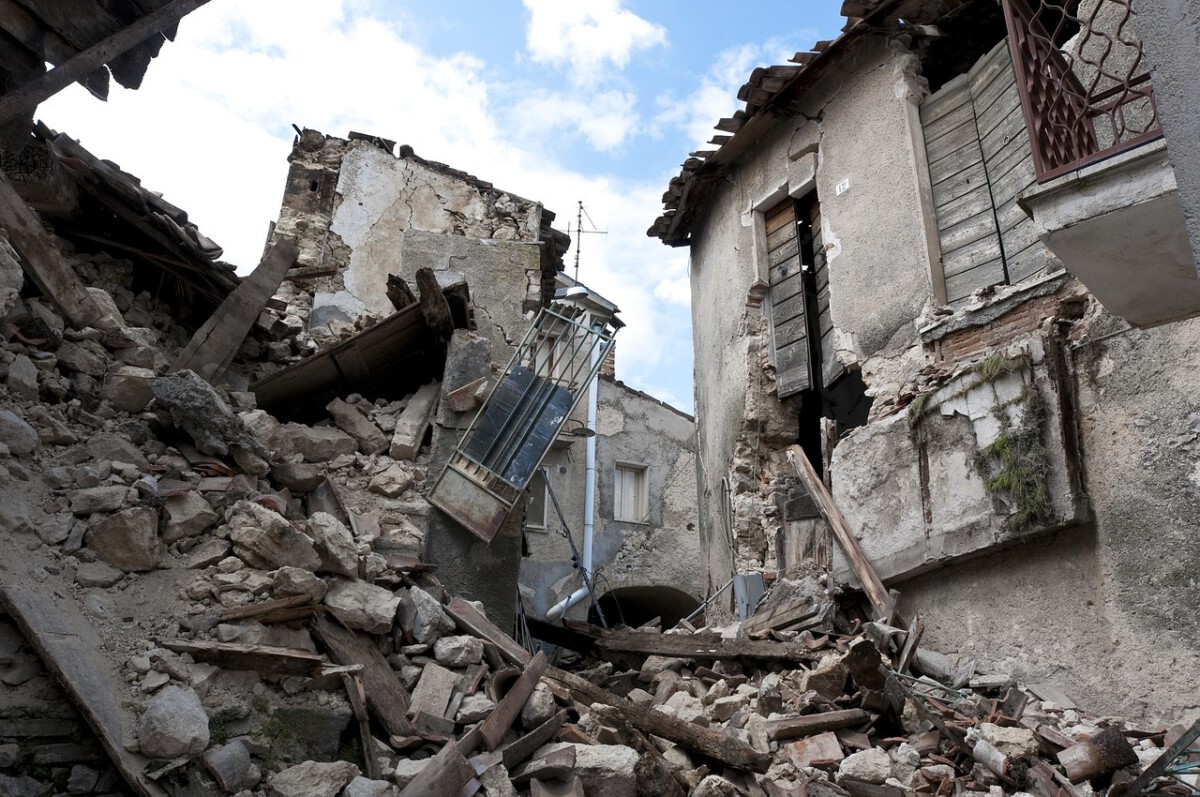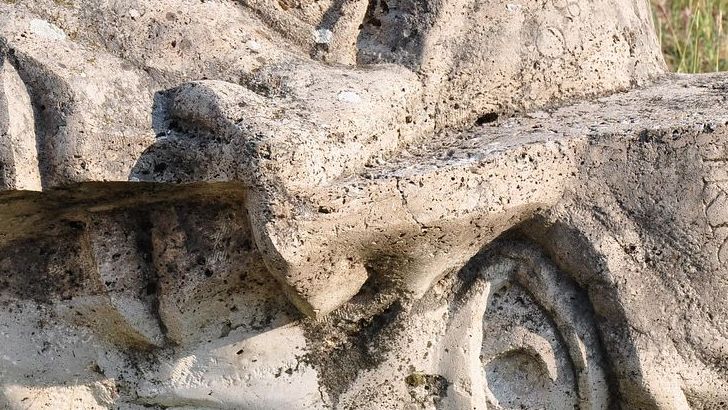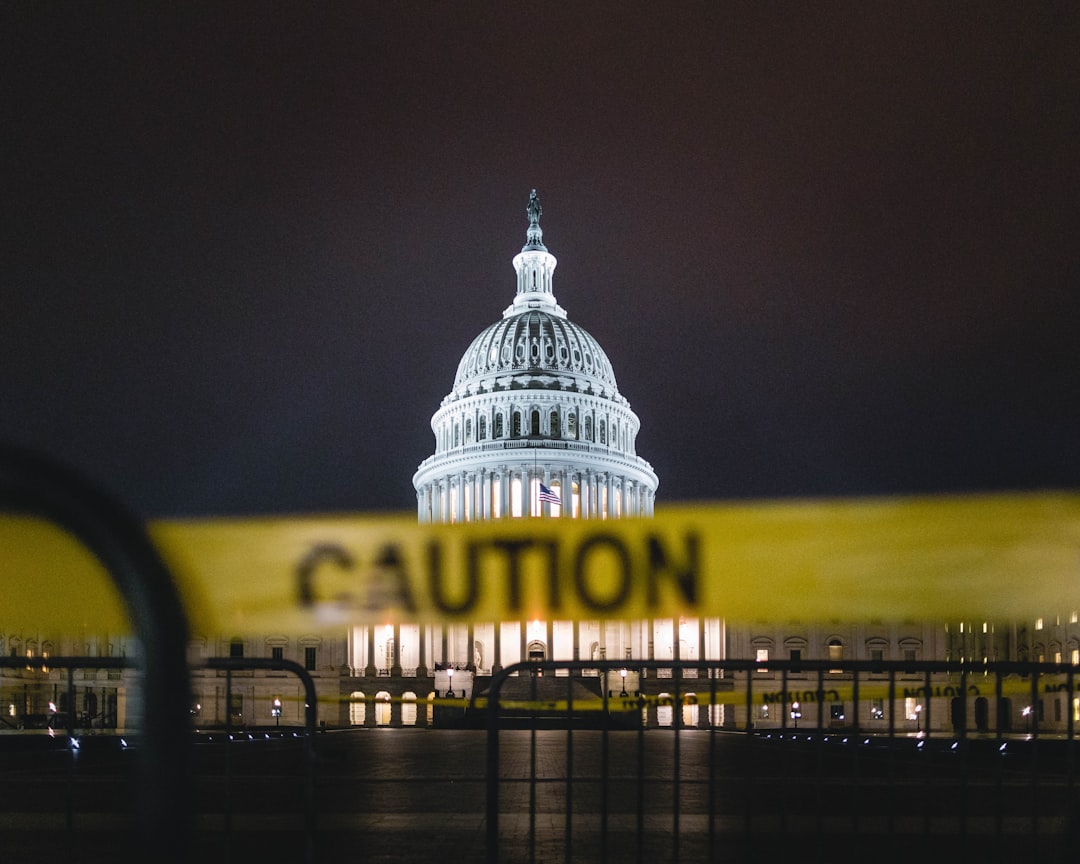Introduction to the Arizona Water Crisis

Arizona is currently grappling with a severe water crisis, a situation exacerbated by a combination of prolonged drought conditions, rapid population growth, and the far-reaching impacts of climate change. The state has long relied on the Colorado River as a primary water source. However, the river’s water levels have plummeted alarmingly in recent years, prompting the state government to implement new restrictions to manage dwindling water resources. These measures are crucial for ensuring that future generations have access to this vital resource. For residents, understanding these restrictions is not just important—it’s essential for their day-to-day lives.
The Impact of Drought on Water Supply

Arizona’s ongoing drought has significantly decreased the availability of water. According to the U.S. Bureau of Reclamation, the Colorado River’s flow has diminished by nearly 20% over the past century. This trend has forced Arizona to adopt stringent measures aimed at conserving water. The state is allocated a specific volume of water from the river, and given the current conditions, it’s anticipated that these allocations may be further slashed in the coming years. This is a pressing issue because the Colorado River supplies water to over 40 million people across seven states. Lake Mead, one of the largest reservoirs in the U.S., is now at its lowest levels since it was filled in the 1930s, and Arizona’s water allocation from the river stands at approximately 2.8 million acre-feet per year.
Understanding the New Water Restrictions

In response to the shrinking water supply, Arizona has rolled out new restrictions designed to curb water consumption. These restrictions vary by region and are crafted to encourage conservation among both residents and businesses. Key measures include limitations on outdoor watering, with specific days and times set for when residents can water their lawns and gardens. In certain municipalities, there are bans on new swimming pools, halting permits to conserve water. Additionally, there are incentives for water-efficient appliances, encouraging residents to replace older models with more efficient ones, often with financial incentives from local governments.
What Residents Can Do to Conserve Water

Residents have a crucial role to play in tackling the water crisis. There are practical steps individuals can take to conserve water in their daily routines. Fixing leaks is a straightforward yet impactful action; regularly checking for and repairing leaks in faucets, toilets, and irrigation systems can prevent water wastage. Using mulch in gardens helps retain moisture in the soil, reducing the need for frequent watering. Collecting rainwater with rain barrels is another effective method, capturing water for irrigation purposes. Additionally, choosing drought-resistant plants for landscaping can significantly cut down on water usage.
The Role of Agriculture in Water Consumption

Agriculture is a major water consumer in Arizona, accounting for about 70% of the state’s water use. As the water crisis deepens, farmers are being encouraged to adopt more sustainable practices. Implementing drip irrigation systems is a key approach, as these systems deliver water directly to plant roots, minimizing waste. Practices like crop rotation and cover cropping can improve soil health, reducing the need for irrigation. Moreover, investing in technology for monitoring soil moisture can help farmers make informed decisions regarding irrigation, further mitigating water consumption.
Government Initiatives and Support

Recognizing the urgency of the water crisis, the Arizona government has launched several initiatives to bolster conservation efforts. These include water conservation education programs aimed at raising awareness among residents about the importance of conserving water. The state is also investing in water infrastructure improvements to reduce leaks and enhance efficiency. Collaboration with local water agencies is another critical aspect, with the government working alongside these agencies to develop tailored conservation plans that meet the unique needs of specific communities.
Future Outlook: What Lies Ahead for Arizona

As the water crisis continues to evolve, it’s vital for residents to stay informed about ongoing changes and restrictions. The state is likely to encounter further challenges as climate change continues to impact water availability. However, with concerted efforts from residents, businesses, and government agencies, Arizona can strive towards a sustainable water future. Key takeaways include the pressing nature of the Arizona water crisis, the implementation of new restrictions for effective water management, and the importance of resident contributions through simple habit changes. Additionally, agriculture must adapt to new practices to reduce its water footprint, and government initiatives are in place to support conservation and infrastructure improvements.








